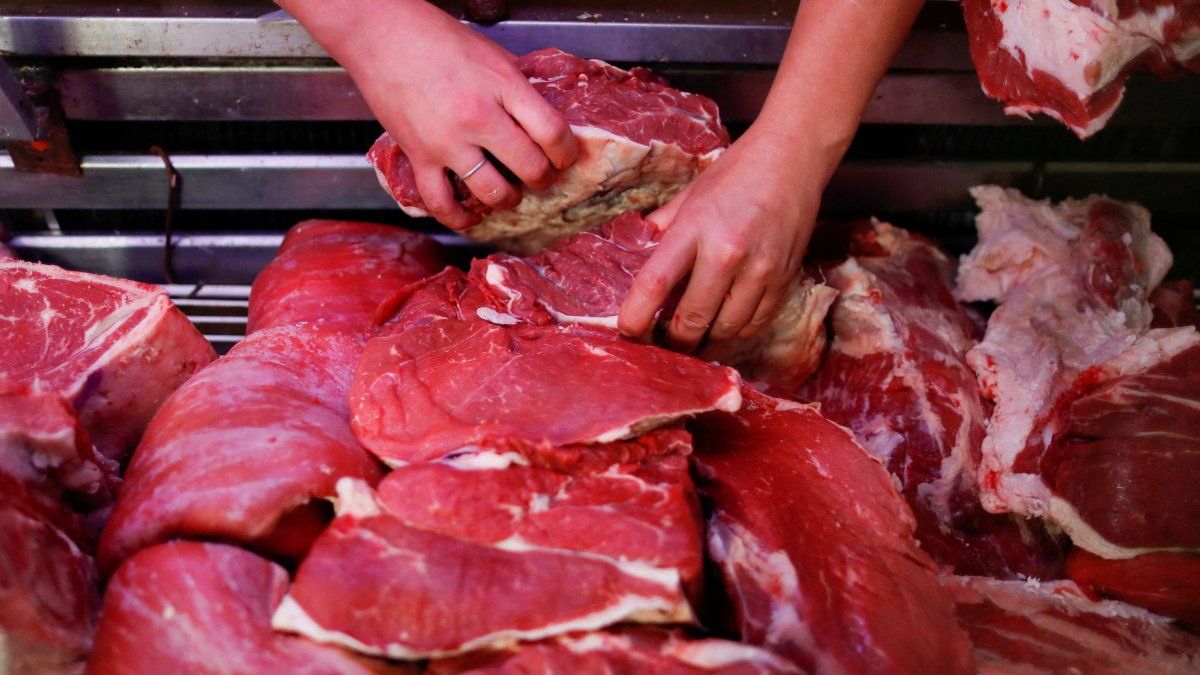In 2021, the AFIP developed a strategic plan that has five axes: the promotion of voluntary compliance, the detection and deterrence of non-compliance, the development, strengthening of operational capacity and the improvement of management capacities.
In this context, an initiative linked to improving compliance with the Value Added Tax (VAT) has already been launched, where evasion levels are higher than 30%. The plan works on six risk matrices with probability of occurrence and relevance. As Scope of sources from the organization led by Carlos Castagneto was able to learn, a similar scheme for Income Tax will be launched in the coming days. In this way, the two most relevant taxes for national collection would be covered, which in February fell in real terms as a result of the drop in income from withholdings.
“This will imply the development of a tool that will make it possible to calculate the levels of non-compliance, which in this type of tax is especially difficult to measure because the methodologies are very complex. In the region, only Brazil has a similar system,” an AFIP official told this outlet.
According to official data, currently the fourth category of Income Tax contributes close to 33% of what is collected in this concept. Meanwhile, large companies contribute only 50%. Therefore, it is presumed that there are higher levels of evasion among high taxpayers. What is ultimately sought is to make the system more progressive.
Although these are not the goals that are audited quarterly by the Fund led by Kristalina Georgieva to assess whether or not to make a disbursement, the commitment to reduce the evasion gap is part of the framework agreement with the credit agency. Therefore, strictly speaking, these initiatives that are included in the AFIP’s strategic plan were also discussed with officials from the Ministry of Economy and the IMF.
Source: Ambito




